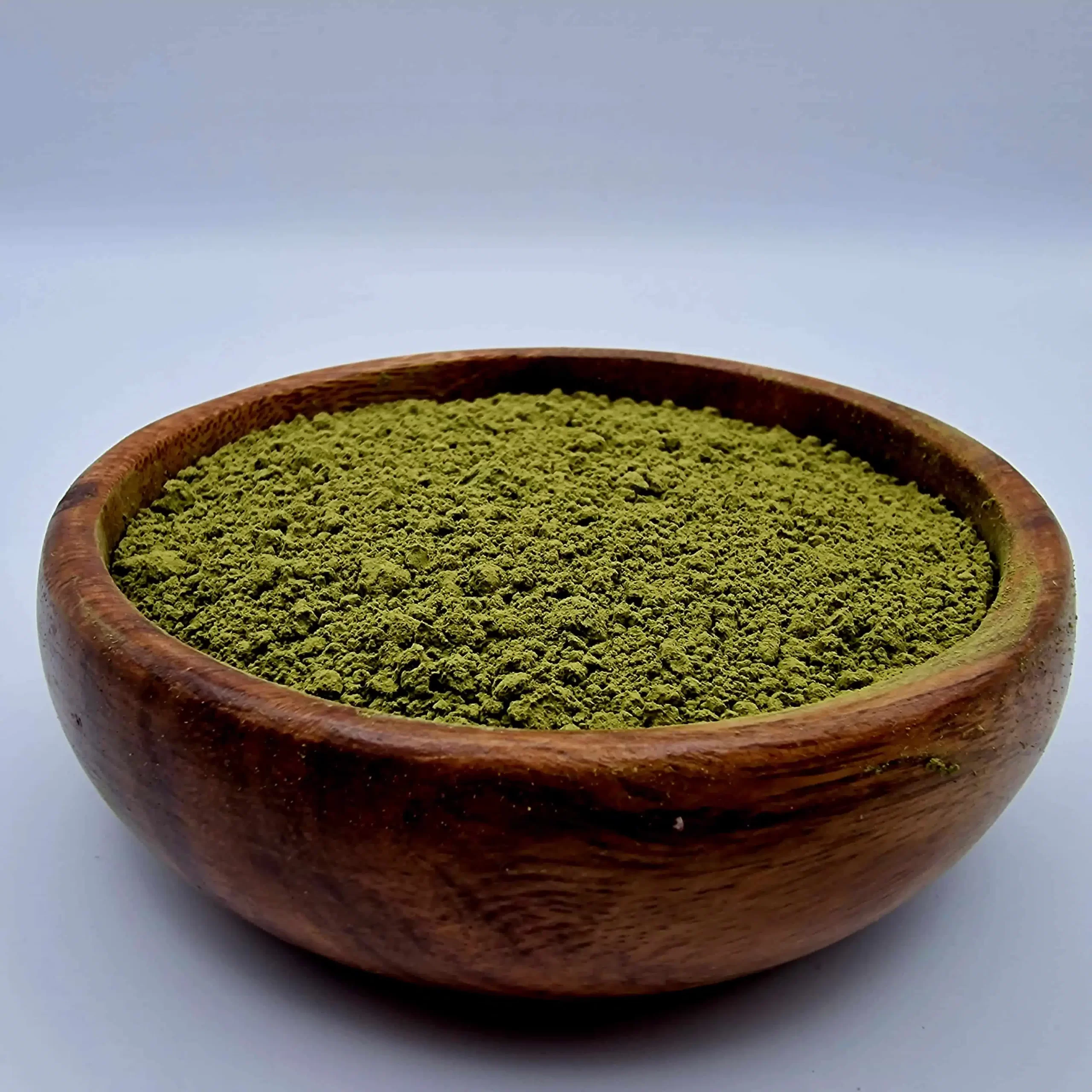Kratom has gained attention for its potential role in managing opiate addiction, offering a less potent, natural alternative to traditional opioids. Its unique properties may help alleviate withdrawal symptoms and reduce dependency risks.
Acting on Opioid Receptors
Kratom’s active alkaloids, mitragynine and 7-hydroxymitragynine, interact with the same brain receptors as opioids, which can help ease the discomfort associated with withdrawal. Unlike traditional opioids, kratom does not produce the same high level of addictive potential, making it a candidate for addiction therapy.
This interaction helps mitigate the severe symptoms of opiate withdrawal, such as pain, vomiting, and anxiety, thereby supporting individuals in their recovery journey.
Reducing Dependency Risks
By offering pain relief and mood enhancement without significant respiratory depression, kratom presents a safer profile compared to synthetic opioids. Users often find that kratom can satisfy cravings less dangerously and disruptively.
Kratom also offers various strains, each with different effects, allowing individuals to tailor their use to specific withdrawal symptoms. This customization can make the transition away from stronger opioids smoother and more manageable.

Support for Withdrawal Symptoms
Many users report that kratom has been instrumental in managing withdrawal symptoms. By easing symptoms like anxiety, muscle pain, and insomnia, kratom can help individuals maintain more normal functioning during detoxification.
For those considering kratom to help with opiate addiction, exploring options from a trusted source such as Happy Go Leafy is advisable to ensure quality and safety.
Behavioral Reinforcement
Beyond its physical effects, kratom may offer psychological benefits by providing a less harmful substance on which to focus during recovery. This can be crucial for breaking the cycle of addiction where behavior plays a significant role.
Challenges and Considerations
Despite its potential, kratom is not without its challenges. Regulation is limited, and quality can vary widely between sources. It’s essential to approach kratom use with caution, and ideally, under the guidance of a healthcare professional to navigate potential risks effectively.
Conclusion
Kratom offers promising but complex potential in the treatment of opiate addiction. While not a cure-all, its ability to alleviate withdrawal symptoms while posing a lower risk of dependency makes it a valuable tool in the fight against opioid addiction. However, its use must be approached thoughtfully, with attention to legality, quality, and medical guidance to ensure the best outcomes.

